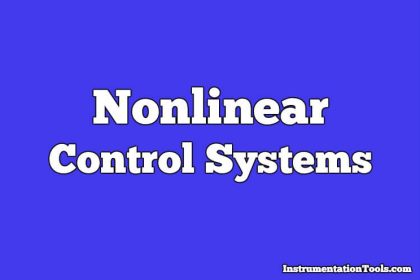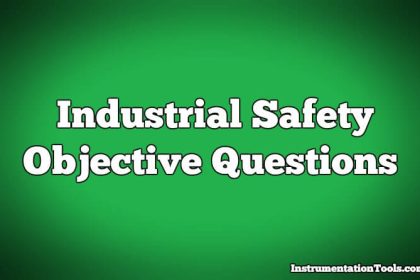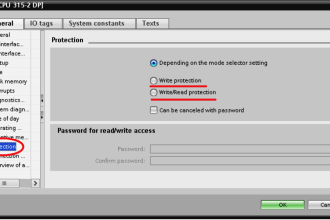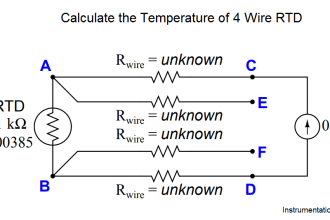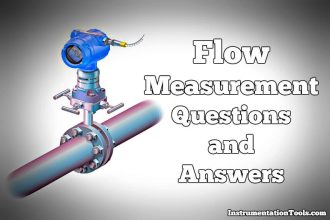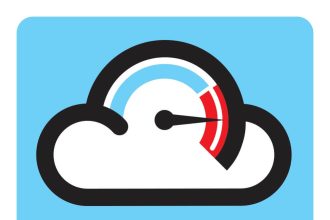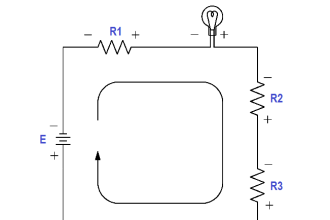Feedback and Non-feedback Systems Objective Questions
1. The mechanism of control of body temperature is non feedback system?
a) True
b) False
Answer: b
Explanation: It is feedback system as the temperature of our body is regulated periodically and being warm blooded we regulate our body temperature w.r.t. to the climate.
2. Benefits of feedback:
a) Performance of system is greater.
b) Need for system much larger path gain and system instability.
c) Controlled variable accurately follows the desired value
d) Affected by parameter variations
Answer: d
Explanation: Closed loop system is the system with the feedback and this can be positive or negative feedback and having feedback have less dependence on parameter variation.
3. Feedback always increases the gain?
a) True
b) False
Answer: b
Explanation: It cannot always increase gain it can also reduce the gain as gain of Open loop control system is more as compared to it.
4. Effect of feedback on sensitivity is minimum in:
a) Open loop control system
b) Closed loop control system
c) None of the mentioned
d) Both of the mentioned
Answer: b
Explanation: Sensitivity is defined as the change in output with respect to change in parameter or input and for a good control system the sensitivity must be less and in closed loop control system it gets reduced by the factor of 1/(1+GH).
5. Feedback control systems are:
a) Insensitive to both forward and feedback path parameter changes
b) Less sensitive to feedback path parameter changes than to forward path parameter changes
c) Less sensitive to forward path parameter changes that to feedback path parameter changes
d) Equally sensitive to forward feedback path parameter changes
Answer: c
Explanation: Feedback control system can be positive and negative but positive feedback systems less widely used as the positive feedback systems are more sensitive to parameter variations but negative feedback are less sensitive to change in G than change in H.
6. Consider the following statements with respect to the feedback of the control systems:
1. Feedback can improve stability or be harmful to stability if it is not properly applied.
2. Feedback can always improve stability
3. In many situations the feedback can reduce the effect of noise and disturbance on system performance.
4. In general the sensitivity of the system gain of a feedback system of a parameter variation depends on where the parameter is located.
a) 1,2 and 3 only
b) 1,3 and 4 only
c) 1,2 and 4 only
d) 1,2,3 and 4 only
Answer: b
Explanation: Negative feedback increases stability but not positive positive feedback reduces the stability and for this reason negative feedback systems are used .
7. The closed system has higher ________ than open loop control system, this implies increased speed of response.
a) Gain
b) Bandwidth
c) Frequency
d) Speed
Answer: b
Explanation: As transient response of the system is improved by the use of feedback and it causes the settling time to reduce and closed loop system has higher bandwidth than open loop systems and this implies increase in speed of response.
8. Feedback can always reduce the effects of noise and disturbance on system performance?
a) True
b) False
Answer: a
Explanation: Feedback has many advantages as it can reduces the effects of noise and disturbance on system performance by increasing speed of response.
9. Multiple signals as input can be used in which systems:
a) Feedback systems
b) Non feedback systems
c) Feedforward systems
d) None of the mentioned
Answer: a
Explanation: As in feedback system output can be obtained for more than one input as output can be generated for both the reference input and also for the disturbance input.
10. Feedback can cause a system that is originally stable to become___________
a) Stable
b) Unstable
c) Conditionally stable
d) Either more stable or unstable
Answer: d
Explanation: Feedback can either make a system stable if not stable previously or may be it can cause instability as it reduces the gain of the system and hence the system can become stable if unstable or vice versa.


